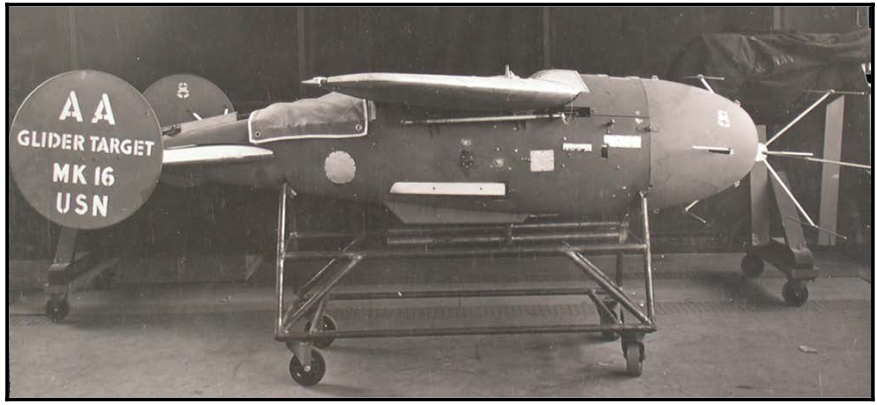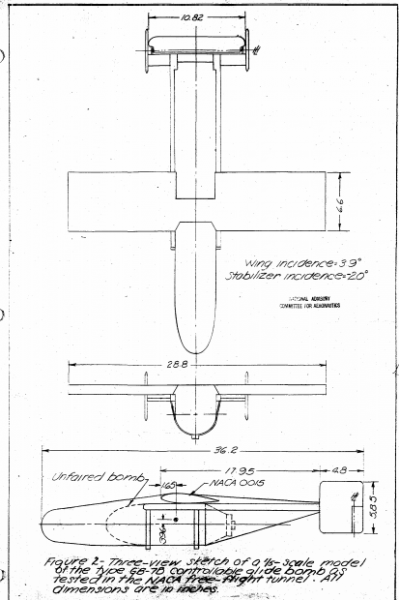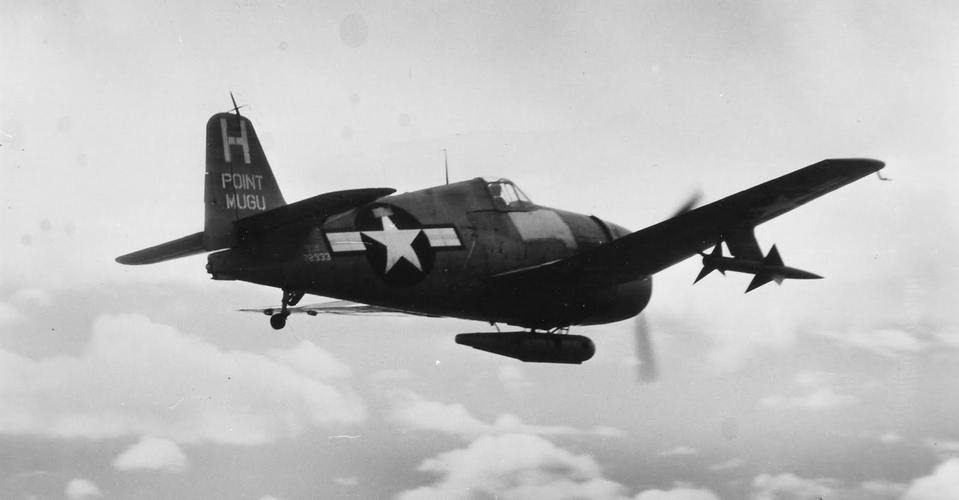Trying to wrap my mind around ARH missiles from the 50's... trying to pull an AMRAAM three decades ahead
- USN / RCAF Sparrow II
- RAF Red Dean
- USN Bendix Eagle
(USAF AIM-47 Falcon = SARH)
(Stupid question but... how did Hughes managed to put a workable radar / seeker into the AIM-47 Falcon when the other two failed miserably ? )
AMRAAM seemingly uses X-band seeker. So did AIM-47 and AIM-54 ? So that was the way to go ?
What are the pros and cons of K-band, Q-band and J-band tried on Sparrow II and Red Dean ?
K-band seemingly hates water vapor which is pretty much everywhere in Earth sky. No surprise Sparrow II failed !
Finally - how about Bendix Eagle and... the Soviets ? did the later tried ARH inthe late 50's ?
- USN / RCAF Sparrow II
- RAF Red Dean
- USN Bendix Eagle
(USAF AIM-47 Falcon = SARH)
(Stupid question but... how did Hughes managed to put a workable radar / seeker into the AIM-47 Falcon when the other two failed miserably ? )
AMRAAM seemingly uses X-band seeker. So did AIM-47 and AIM-54 ? So that was the way to go ?
What are the pros and cons of K-band, Q-band and J-band tried on Sparrow II and Red Dean ?
K-band seemingly hates water vapor which is pretty much everywhere in Earth sky. No surprise Sparrow II failed !
Finally - how about Bendix Eagle and... the Soviets ? did the later tried ARH inthe late 50's ?
Last edited:



